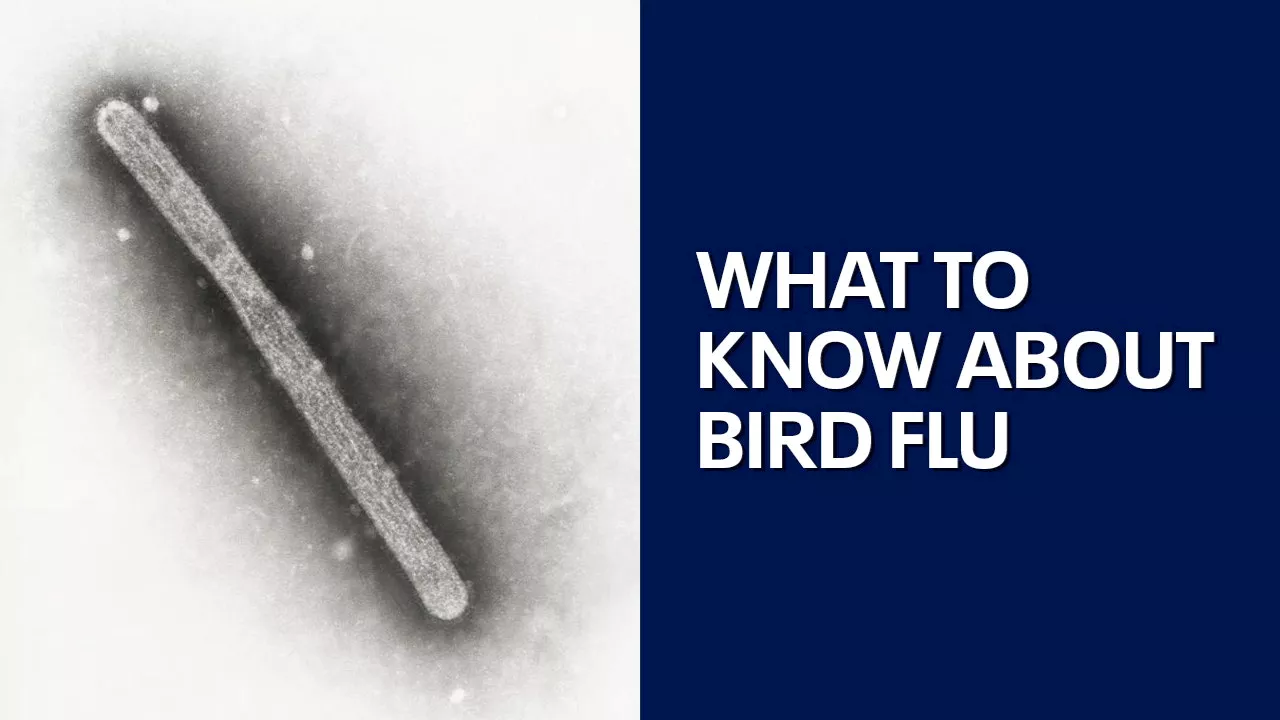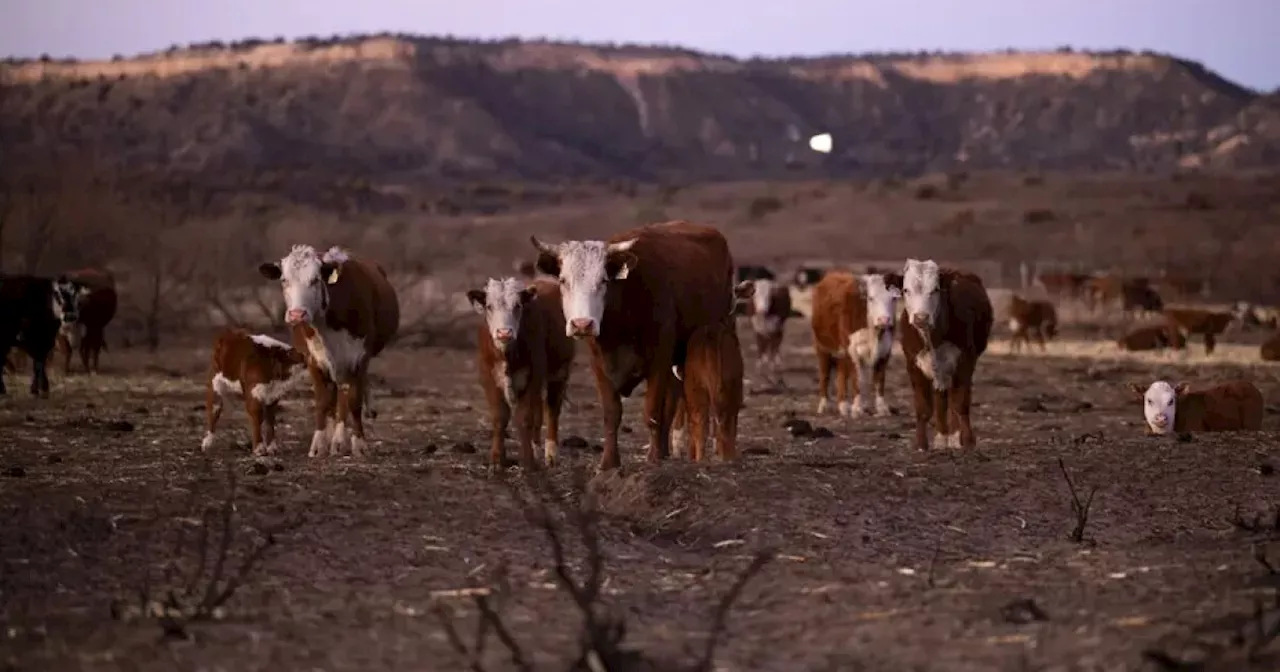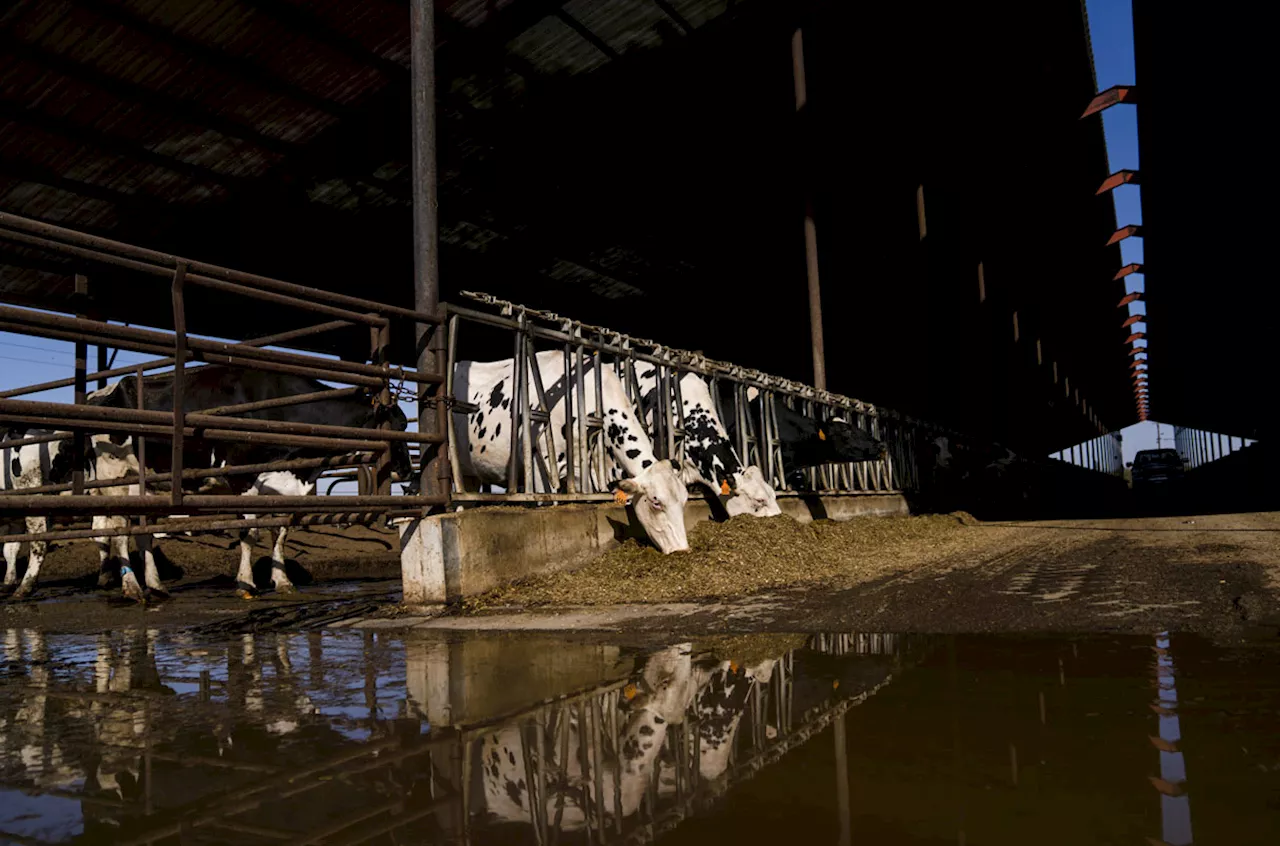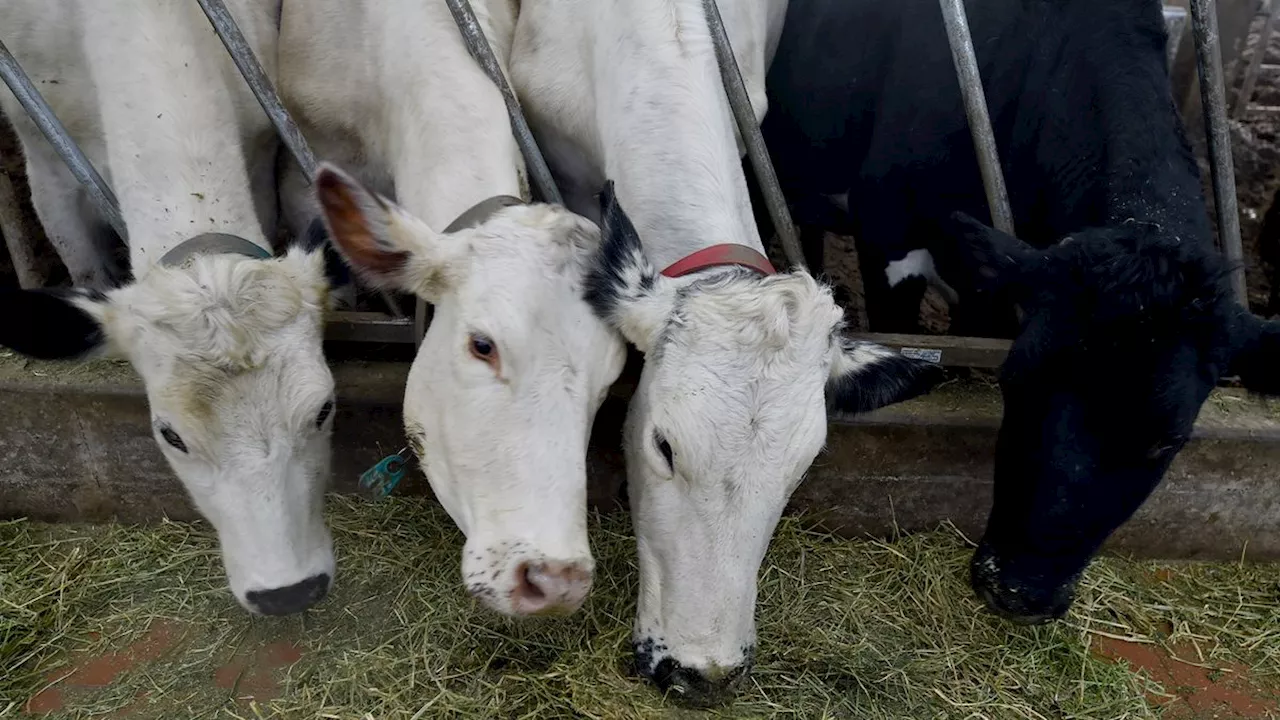Nicoletta Lanese is the health channel editor at Live Science and was previously a news editor and staff writer at the site. She holds a graduate certificate in science communication from UC Santa Cruz and degrees in neuroscience and dance from the University of Florida.
A bird flu virus called H5N1 recently infected animals that it had never been seen in before: goats and cows.Here's what we know so far about these unusual cases of H5N1 in the U.S.What is H5N1 bird flu?H5N1 is a subtype of avian influenza A, a broad group of related bird flu viruses. It's categorized as a form of"highly pathogenic" avian influenza, or HPAI, because it causes severe and fatal disease in poultry.
Which animals can H5N1 infect?H5N1 most often infects domestic and wild birds, although some wild birds act as"reservoirs" for the virus, meaning they can carry and spread it without getting sick. These carriers include waterfowl, such as ducks, geese and swans; and shorebirds, such as plovers and sandpipers, the CDC says.
The agency has confirmed that the specific strain of H5N1 infecting cows in additional states appears very similar to the strain found in Texas and Kansas cattle. This strain matches one introduced to the U.S. by wild birds — known as clade 2.3.4.4b — back in 2021. Before that, the strain had spread mostly in Europe, Asia and Africa.
Most often, human H5N1 infections occur after a person had close or lengthy unprotected contact — without gloves, a face mask or eye protection — with infected birds or with objects contaminated with sick birds' saliva, mucus or poop. These cases have not been tied to sustained human-to-human spread of the virus, but there's been some evidence of very limited spread between people.
France Dernières Nouvelles, France Actualités
Similar News:Vous pouvez également lire des articles d'actualité similaires à celui-ci que nous avons collectés auprès d'autres sources d'information.
 Survivalists warn about H5N1 ‘bird flu’ spread: ‘Threat is real’Countering a toned-down alert from the Centers for Disease Control over a new “bird flu” case, survivalists who have long seen the H5N1 virus as more threatening than COVID-19 this week stepped up their warnings about it. “This is a real threat,” a national prepper and survivalist organization warned on its app.
Survivalists warn about H5N1 ‘bird flu’ spread: ‘Threat is real’Countering a toned-down alert from the Centers for Disease Control over a new “bird flu” case, survivalists who have long seen the H5N1 virus as more threatening than COVID-19 this week stepped up their warnings about it. “This is a real threat,” a national prepper and survivalist organization warned on its app.
Lire la suite »
 Texas Reports First Human Case of H5N1 Bird FluHealth officials in Texas have confirmed the first case of human H5N1 bird flu in the state. The patient contracted the virus after contact with infected dairy cows. This is the second case of human H5N1 infection in the country.
Texas Reports First Human Case of H5N1 Bird FluHealth officials in Texas have confirmed the first case of human H5N1 bird flu in the state. The patient contracted the virus after contact with infected dairy cows. This is the second case of human H5N1 infection in the country.
Lire la suite »
 Texan Has Contracted H5N1 Bird Flu; CDC Calls Threat to Public 'Low'An unnamed person in Texas had been diagnosed with the H5N1 avian flu after close contact with infected dairy cattle, the U.S. Centers for Disease Control and Prevention reported Monday.
Texan Has Contracted H5N1 Bird Flu; CDC Calls Threat to Public 'Low'An unnamed person in Texas had been diagnosed with the H5N1 avian flu after close contact with infected dairy cattle, the U.S. Centers for Disease Control and Prevention reported Monday.
Lire la suite »
 Avian Influenza A(H5N1) Detected in Texas Dairy CattleThe novel avian influenza A(H5N1) started infecting dairy cattle in the Panhandle last week, in another blow to the Texas dairy industry after ranches lost thousands in the historic wildfires. It’s the first human case of the highly pathogenic strain of avian influenza in Texas, and it’s the second.
Avian Influenza A(H5N1) Detected in Texas Dairy CattleThe novel avian influenza A(H5N1) started infecting dairy cattle in the Panhandle last week, in another blow to the Texas dairy industry after ranches lost thousands in the historic wildfires. It’s the first human case of the highly pathogenic strain of avian influenza in Texas, and it’s the second.
Lire la suite »
 In world 1st, dairy cows in Texas and Kansas test positive for H5N1 bird fluSascha is a U.K.-based trainee staff writer at Live Science. She holds a bachelor’s degree in biology from the University of Southampton in England and a master’s degree in science communication from Imperial College London. Her work has appeared in The Guardian and the health website Zoe.
In world 1st, dairy cows in Texas and Kansas test positive for H5N1 bird fluSascha is a U.K.-based trainee staff writer at Live Science. She holds a bachelor’s degree in biology from the University of Southampton in England and a master’s degree in science communication from Imperial College London. Her work has appeared in The Guardian and the health website Zoe.
Lire la suite »
 U.S. dairy farm worker infected as bird flu spreads to cows in five statesUnexpected H5N1 outbreaks in cattle raises difficult questions about how to protect herds and people
U.S. dairy farm worker infected as bird flu spreads to cows in five statesUnexpected H5N1 outbreaks in cattle raises difficult questions about how to protect herds and people
Lire la suite »
